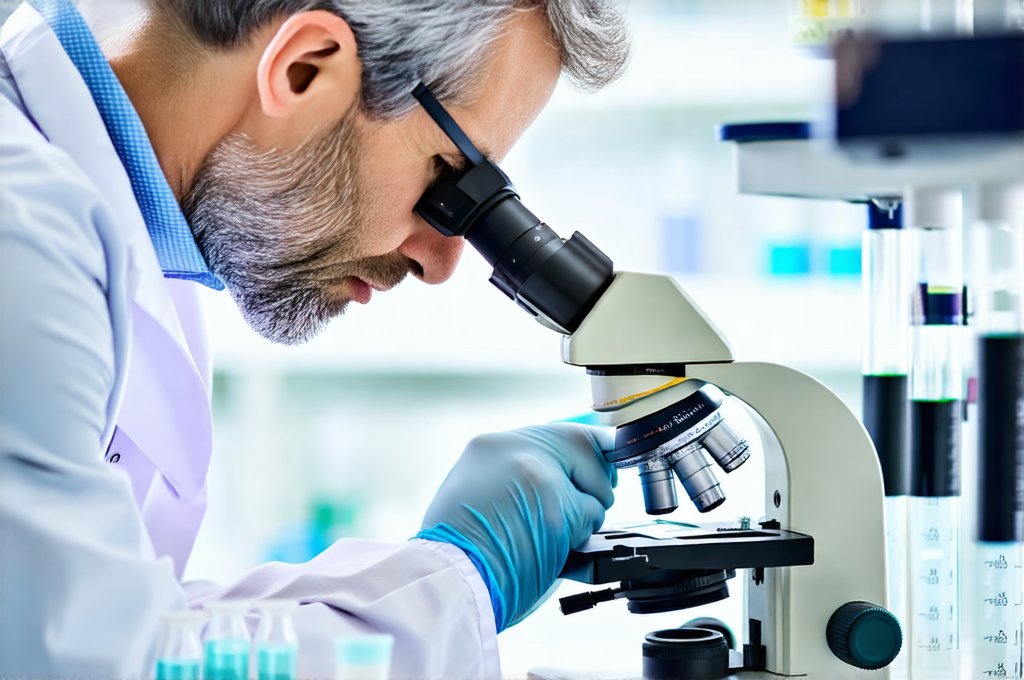Post-massage care often focuses on hydration, stretching, and rest – all aimed at optimizing the benefits experienced during the session. Less discussed, but equally important to understand, are the transient physiological changes that can occur within the body following a massage, and how these might manifest in routine urinalysis. These alterations, while normal responses to deep tissue work and increased circulation, can sometimes mimic indicators of underlying medical conditions, leading to unnecessary anxiety or further testing. A thorough understanding of these post-massage effects is crucial for both practitioners and clients alike, promoting informed interpretation of health data and avoiding misdiagnosis. It’s vital to remember that a single abnormal urinalysis result shouldn’t immediately be interpreted as illness; context – including recent massage therapy – must be considered.
The body undergoes significant shifts during and after massage. Muscle tissue releases metabolic waste products into the bloodstream, prompting increased kidney filtration as these substances are processed and excreted. Furthermore, the parasympathetic nervous system is activated, leading to a cascade of effects like improved lymphatic drainage and altered fluid balance. These processes, while beneficial for overall health and recovery, can temporarily impact urine composition, resulting in changes detectable through standard urinalysis procedures. Recognizing this phenomenon allows for a more nuanced understanding of test results and avoids potentially harmful overreactions or unnecessary medical interventions. This is particularly relevant given the increasing popularity of massage therapy as part of preventative healthcare routines.
Physiological Changes & Urinalysis Results
Following a massage, several key changes in urinary parameters are commonly observed. Proteinuria, or protein in the urine, can occur due to increased muscle breakdown and subsequent release of myoglobin, which the kidneys filter out. This is generally transient and resolves within 24-48 hours. Similarly, hematuria (blood in the urine) might be present due to micro-trauma to muscle fibers during deep tissue work, causing red blood cells to leak into circulation and eventually be excreted by the kidneys. Elevated levels of creatinine and blood urea nitrogen (BUN) – indicators of kidney function – can also temporarily rise as a result of increased metabolic waste product processing. These increases are usually mild and fall back within normal ranges relatively quickly. It’s important to note that these changes aren’t indicative of renal dysfunction in healthy individuals who have recently undergone massage.
These alterations aren’t always dramatic enough to be flagged as abnormal on routine testing, but they can certainly push results towards the upper limits of normal or even slightly beyond, prompting further investigation by a healthcare professional. A key factor influencing the extent of these changes is the intensity and duration of the massage session; more vigorous treatments are likely to induce greater physiological stress and corresponding alterations in urinalysis readings. The individual’s hydration status also plays a significant role – dehydration can concentrate urine, exacerbating any existing abnormalities. Therefore, it’s essential for clients undergoing medical evaluation to inform their healthcare provider about recent massage therapy as part of their health history.
Understanding these temporary changes is crucial for avoiding misinterpretation and unnecessary worry. For instance, the presence of blood in the urine often triggers immediate concern for urinary tract infections or kidney stones. However, in a client who has recently received a deep tissue massage, this finding may simply reflect muscle trauma and should be evaluated within that context. Similarly, elevated protein levels can suggest kidney damage, but may instead represent normal post-massage metabolic processes.
Distinguishing Post-Massage Changes from Pathology
The challenge lies in differentiating between changes caused by massage therapy and those indicative of genuine underlying medical conditions. A detailed patient history is paramount. Inquiring about the timing of the urinalysis relative to a recent massage session, as well as the type and intensity of the treatment received, can provide valuable clues. If blood or protein are detected, further investigation may be warranted, but should initially focus on ruling out alternative explanations before attributing it to kidney disease or other serious illnesses.
- Repeat testing: Repeating the urinalysis after a few days, while maintaining adequate hydration, often reveals that the abnormal results have resolved spontaneously – confirming their transient nature.
- Additional tests: If concerns persist, additional tests such as renal function panels and microscopic examination of urine sediment can help differentiate between post-massage changes and true pathology. A clear urine sample is essential for accurate analysis, ensuring contamination is avoided.
- Clinical correlation: The urinalysis results should always be interpreted in conjunction with the patient’s overall clinical presentation – including symptoms, physical exam findings, and other relevant medical history. Recognizing changes in urine color can also help differentiate between post-massage changes from pathology.
It’s crucial to emphasize that post-massage changes are typically mild and transient. Persistent or significantly elevated values warrant further investigation, but the initial assumption shouldn’t automatically equate to disease. The role of a healthcare provider is to assess the entire clinical picture and determine the appropriate course of action, rather than solely relying on isolated laboratory findings.
Hydration’s Impact on Urinalysis Results
As mentioned previously, hydration levels profoundly impact urinalysis results. Dehydration concentrates urine, leading to higher concentrations of various substances – including protein, creatinine, and specific gravity. This can artificially inflate readings and mimic pathology. Conversely, overhydration dilutes urine, potentially masking subtle abnormalities. Therefore, ensuring adequate hydration before undergoing a urinalysis is essential for obtaining accurate results.
- Pre-test instructions: Clients should be advised to drink plenty of water in the days leading up to their test.
- Sample timing: The first urine sample of the day is often preferred, as it represents the most concentrated sample and can better detect abnormalities. However, this may not always be appropriate if the client has been excessively hydrating overnight.
- Fluid intake before testing: Clients should follow the specific instructions provided by their healthcare provider regarding fluid intake on the day of the test.
Recognizing the influence of hydration allows for more accurate interpretation of urinalysis results and avoids unnecessary anxiety or further investigation. For example, a mildly elevated protein level in a dehydrated individual may simply reflect concentrated urine rather than kidney damage. In such cases, retesting after adequate rehydration can often reveal normal values. Changes in urination after a viral illness can sometimes mimic post-massage changes.
Communicating with Healthcare Providers
Open communication between massage therapists, clients, and healthcare providers is vital for ensuring accurate diagnosis and appropriate treatment. Clients should proactively inform their doctor about recent massage therapy when undergoing medical evaluation. Similarly, massage therapists can educate clients about the potential for post-massage changes in urinalysis results, empowering them to advocate for themselves during healthcare interactions.
- Documentation: Massage therapists should accurately document the type, intensity, and duration of each session, as well as any specific techniques used that might contribute to muscle trauma or metabolic waste production.
- Client education: Informing clients about potential post-massage changes can alleviate anxiety and prevent unnecessary worry.
- Collaboration: In some cases, it may be appropriate for massage therapists to communicate directly with the client’s healthcare provider – with the client’s consent – to provide additional context and clarify any concerns. Urological symptoms that mimic anxiety can sometimes overlap with post-massage effects.
Ultimately, understanding the physiological effects of massage therapy and their potential impact on urinalysis results is crucial for both practitioners and clients. By recognizing these transient changes, we can avoid misdiagnosis, promote informed healthcare decisions, and ensure that individuals continue to reap the many benefits of this valuable therapeutic modality. Seasonal clothing choices may also impact urinary health and should be considered alongside post-massage changes.





















